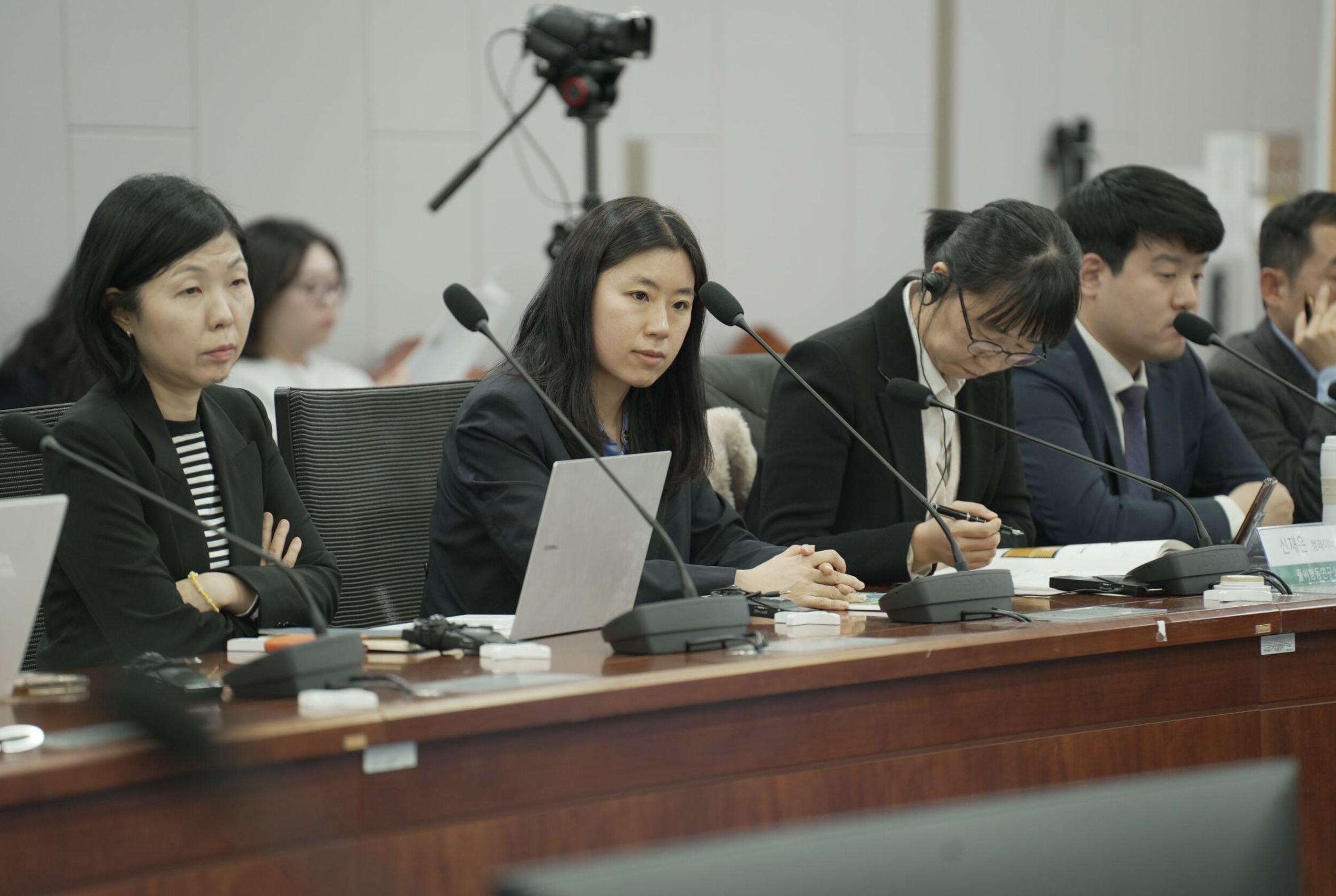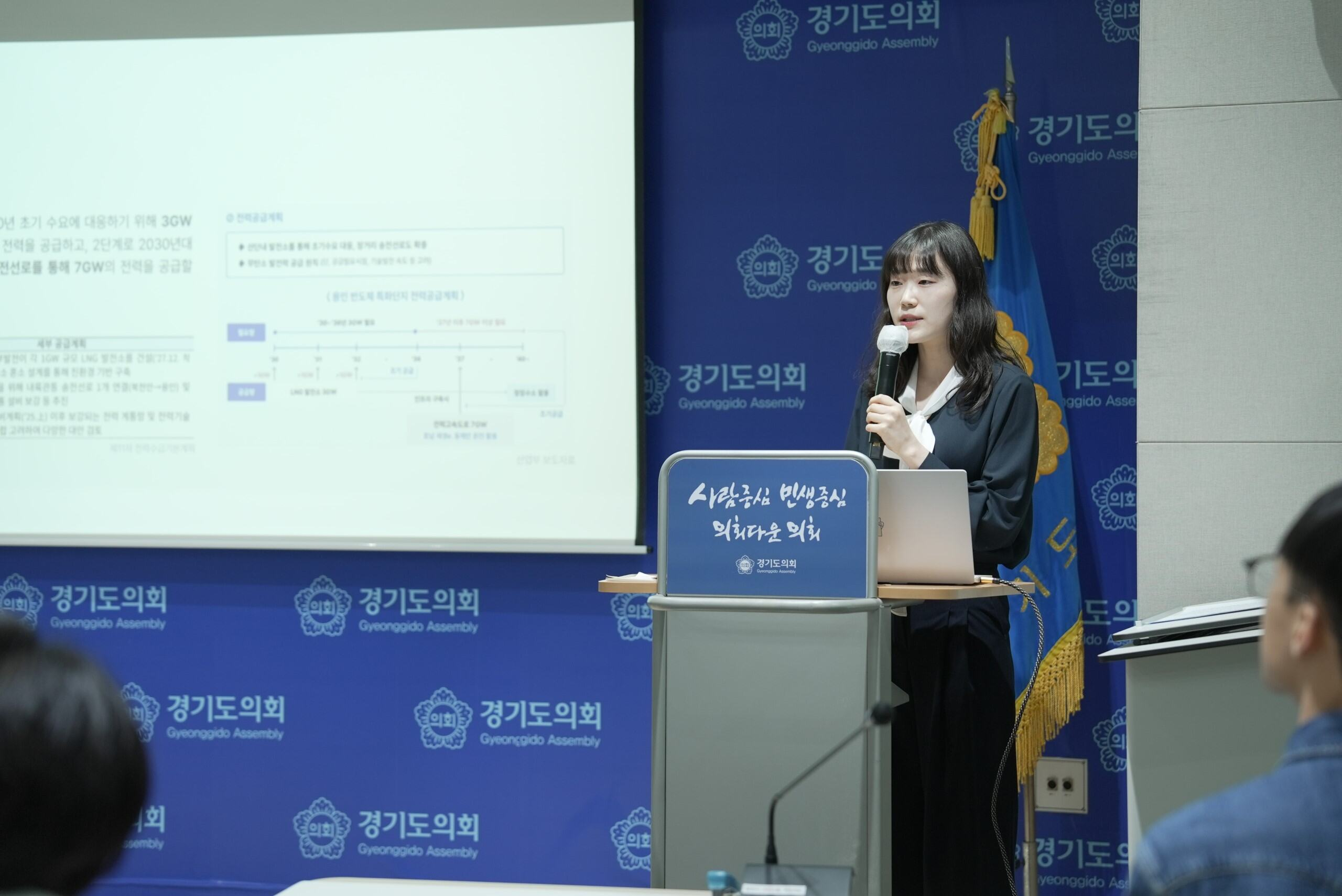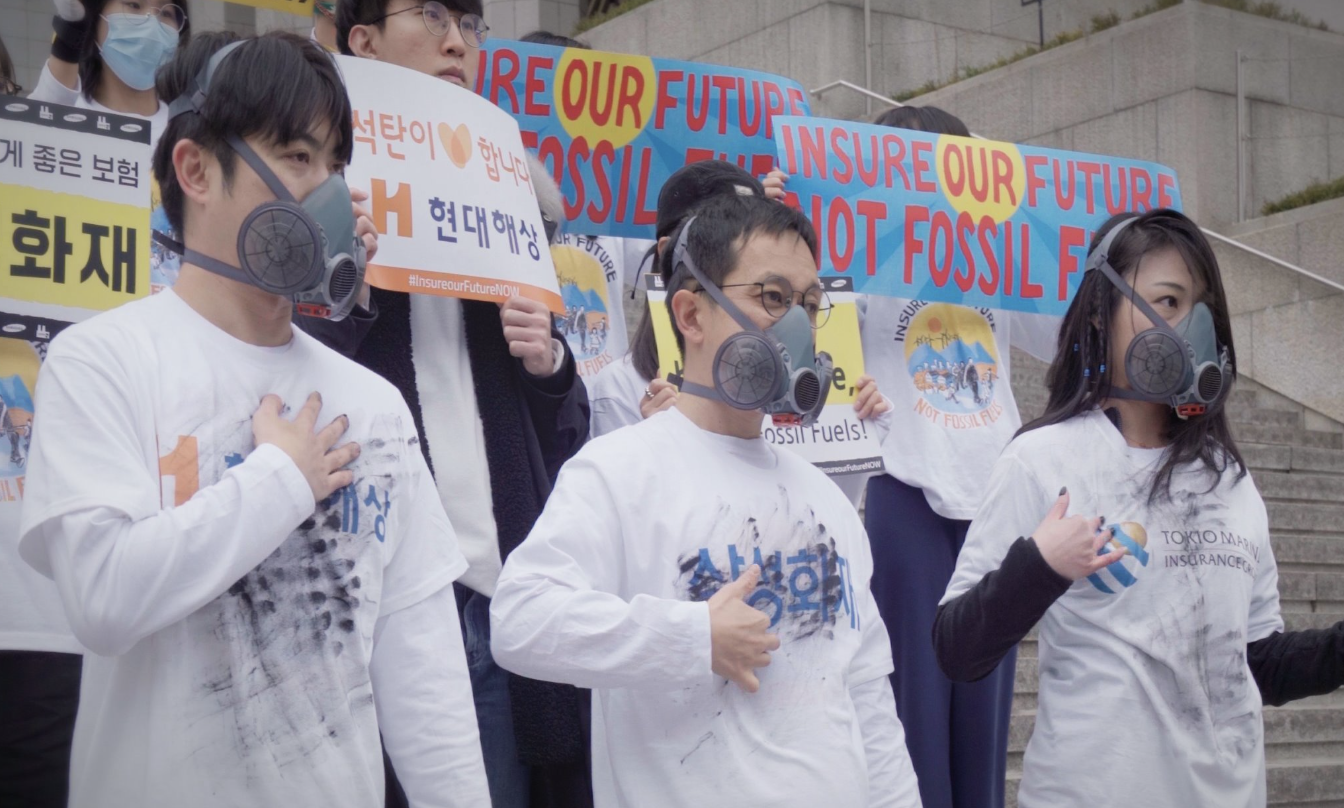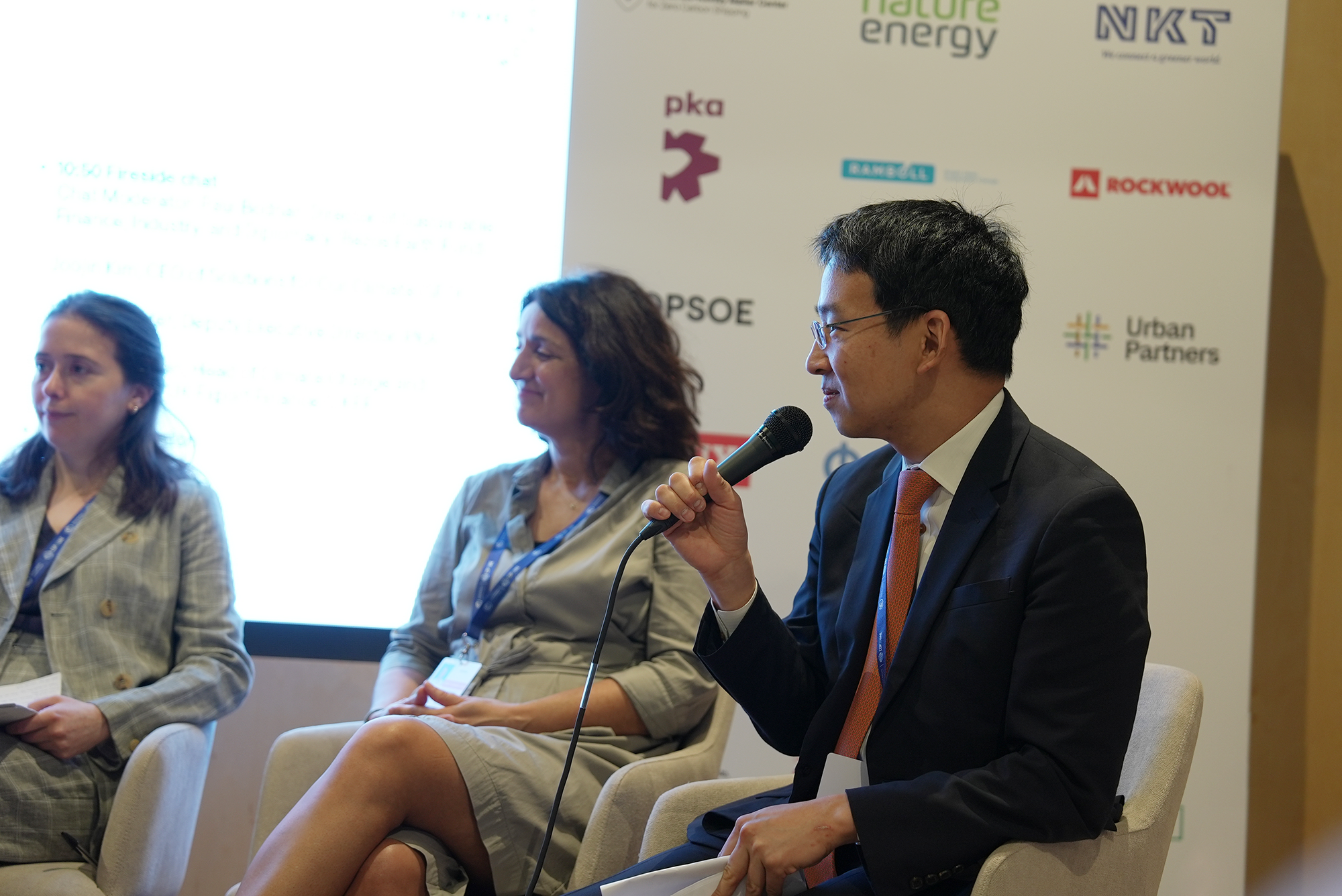 Closed
ClosedReport Launch Webinar: Green Steel Economics Comparing Economics of Green H2-DRI and Traditional Steelmaking Around the World
Date and time
24.07.26(Fri) 00:00 - 24.07.26(Fri) 08:00 GMT+9
Location
녹색 철강 경제학 - 세계 그린수소환원제철과 전통 제철의 경제성 비교
About this event
On Thursday, July 25, Global Efficiency Intelligence, Transition Asia, and SFOC, are pleased to invite you to tune-in to a special Report Launch Webinar ‘Green Steel Economics: Comparing Economics of Green H2-DRI and Traditional Steelmaking Around the World’. To ensure accessibility to a global audience, the webinar will be hosted in the Asia/ Australia time zones and US/ Europe time zones, with Korean and Japanese interpretation available for the Asia/ Australia session.
Organizers:
- Global Efficiency Intelligence
- Transition Asia
- Solutions for Our Climate (SFOC)
Webinar 1: Thursday, July 25, 2024, at 2pm CST (Beijing), 3pm JST/ KST (Tokyo/ Seoul), 4pm AEST (Sydney)
Ali Hasanbeigi, PhD - Global Efficiency Intelligence
Bonnie Zuo - Transition Asia
Daseul Kim - Solutions for Our Climate (SFOC)
Registration link for Webinar 1: https://forourclimate-org.zoom.us/webinar/register/WN_zsdWRQzvSemK_snfNB5BVw#/registration
Webinar 2: Thursday, July 25, 2024, at 10am EDT (New York), 11am BRT (Sao Paulo), 4pm CEST (Europe)
Ali Hasanbeigi, PhD - Global Efficiency Intelligence
Alastair Jackson - Transition Asia
Esther Haerim Heo - Solutions for Our Climate (SFOC)
Registration link for Webinar 2: https://zoom.us/meeting/register/tJwpf-mqrj8sG9bqQfY0OE-KuxE2x4zuECcX#/registration
Language: English (Webinar 1 will have simultaneous Korean and Japanese interpretation)
About the Report
The global steel industry accounted for over 7% of global greenhouse gas (GHG) emissions and over 11% of global CO2 emissions. The Hydrogen Direct Reduced Iron (H2-DRI) process utilizing green hydrogen from renewable sources promises significant emission reductions and a transition to greener steel production in the sector. The adoption of green H2-DRI-EAF steelmaking involves financial considerations varying by country, influenced by hydrogen costs and carbon pricing mechanisms investigated in this study.
This study by Global Efficiency Intelligence, Transition Asia, and Solutions for Our Climate assesses the costs of green H2-DRI-EAF steelmaking compared to traditional Blast Furnace-Basic Oxygen Furnace (BF-BOF) and Natural Gas Direct Reduced Iron-Electric Arc Furnace (NG-DRI-EAF) routes across seven major steel-producing countries, including the U.S., EU, China, Japan, South Korea, Brazil, and Australia. It utilizes a detailed financial model to calculate the levelized cost of steel (LCOS) ($/ton of steel) using expenses such as capital investments, raw materials, labor, and energy costs, adjusting for varying levels of hydrogen use. Different levels of H2 and carbon prices are included in this analysis.
As green-steel incurs a cost premium, this directly affects the material costs of downstream use sectors. This study has analyzed the potential cost increases related to three notable downstream sectors; automobile ($/car), construction ($/building unit) and shipping ($/ship), using steel produced via the H2-DRI-EAF method compared to conventional methods for those sectors.
Our study includes critical components such as the gradual substitution of natural gas with green hydrogen (H2) in the DRI route, the integration of renewable energy and green H2 production, and the required of electrolyzer capacity. Additionally, we discuss international experiences with financing H2-DRI projects.
Date and time
24.07.26(Fri) 00:00 - 24.07.26(Fri) 08:00 GMT+9
Location
녹색 철강 경제학 - 세계 그린수소환원제철과 전통 제철의 경제성 비교



